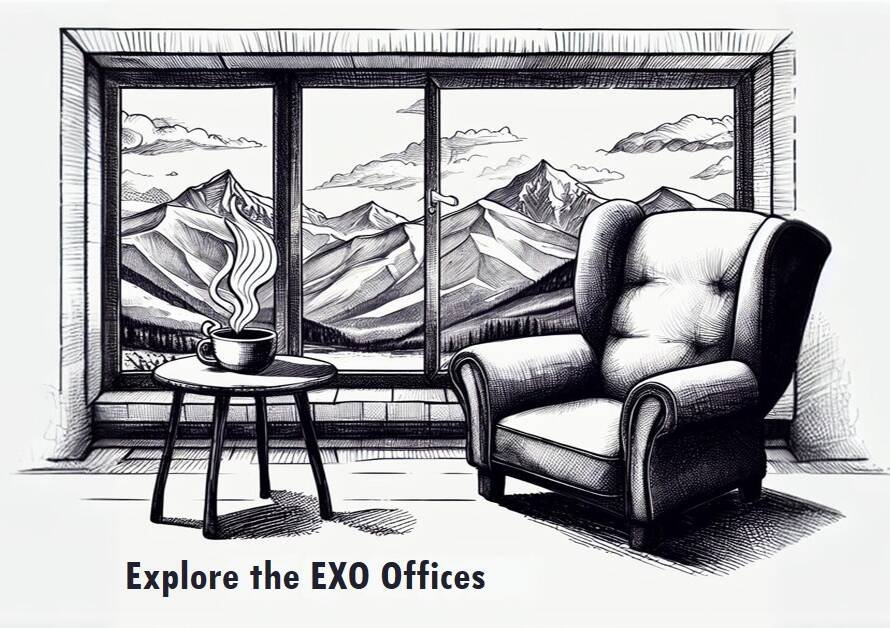
Table of Contents
- Introduction: The Intersection of Passion and Profession
- The Role of an Environmental Designer: Responsibilities and Impact
- Educational Pathways: Building a Foundation for Success
- Entry-Level Positions: Starting Salaries and Initial Opportunities
- Mid-Career Professionals: Growth and Financial Rewards
- Senior-Level and Leadership Positions: Top Earnings in the Field
- Geographic Influences: How Location Impacts Earnings
- Industry Variations: Sector-Specific Salary Differences
- Freelance and Consulting Opportunities: Flexibility and Financial Potential
- Conclusion: Balancing Passion and Profession
Introduction: The Intersection of Passion and Profession
Environmental design, a field that merges creativity with sustainability, attracts many individuals who are passionate about making a positive impact on the world. But while the allure of contributing to a greener future is undeniable, potential earnings also play a crucial role in career decisions. Understanding the financial prospects of environmental designers is essential for those considering this career path.
The Role of an Environmental Designer: Responsibilities and Impact
Environmental designers are responsible for creating spaces that enhance the natural environment, reduce waste, and promote sustainability. Their work spans various projects, from urban planning and landscape architecture to interior design and sustainable building practices. These professionals integrate aesthetic appeal with functionality, ensuring that their designs not only look good but also serve a practical purpose.
Furthermore, environmental designers must stay updated with the latest technologies and materials that support sustainable practices. This continuous learning ensures that they can provide innovative solutions that align with current environmental standards and regulations. The impact of their work extends beyond individual projects, contributing to broader environmental goals such as reducing carbon footprints and conserving natural resources.
Educational Pathways: Building a Foundation for Success
Becoming an environmental designer typically requires a robust educational background. Most professionals in this field hold at least a bachelor’s degree in environmental design, architecture, landscape architecture, or a related discipline. These programs often cover subjects like sustainable design principles, environmental science, and urban planning, providing a solid foundation for future work.
Many environmental designers also pursue advanced degrees to deepen their knowledge and enhance their career prospects. Master’s programs in environmental design or sustainability offer specialized courses that delve into complex environmental issues and advanced design techniques. Additionally, internships and hands-on projects are crucial for gaining practical experience and building a professional portfolio.
Entry-Level Positions: Starting Salaries and Initial Opportunities
For those just entering the field, starting salaries for environmental designers can vary widely depending on factors such as location, employer, and level of education. On average, entry-level environmental designers can expect to earn between $40,000 and $50,000 per year. However, this figure can be higher in metropolitan areas with a high demand for sustainable design services.
Entry-level positions often provide opportunities to work on smaller projects or assist more experienced designers on larger initiatives. This phase is crucial for gaining practical experience, developing professional skills, and understanding the intricacies of the industry. As they gain experience and demonstrate their capabilities, environmental designers can expect to see their earnings grow.
Mid-Career Professionals: Growth and Financial Rewards
As environmental designers advance in their careers, their earning potential increases significantly. Mid-career professionals, typically with five to ten years of experience, can earn between $60,000 and $80,000 annually. This growth reflects their accumulated experience, enhanced skills, and increased responsibility within their roles.
In addition to salary increases, mid-career environmental designers often have the opportunity to lead projects, manage teams, and specialize in niche areas of environmental design. These roles not only provide financial rewards but also professional satisfaction as designers see the tangible impact of their work on communities and the environment.
Senior-Level and Leadership Positions: Top Earnings in the Field
Senior-level environmental designers and those in leadership positions can command substantial salaries, reflecting their expertise and the value they bring to their organizations. Professionals with over a decade of experience can earn upwards of $100,000 per year, with some earning significantly more depending on their specialization and the scale of their projects.
Leadership roles often involve strategic planning, business development, and mentoring junior designers. These positions require a deep understanding of both design principles and business acumen, as senior designers must balance creative vision with financial sustainability. The combination of high earnings and influential roles makes senior positions highly coveted in the environmental design field.


Geographic Influences: How Location Impacts Earnings
Geographic location plays a significant role in determining the earnings of environmental designers. In regions with a high cost of living, such as major cities in California, New York, or Washington, D.C., salaries are generally higher to compensate for increased living expenses. Conversely, environmental designers in rural areas or regions with lower demand for sustainable design services may earn less.
Moreover, regions with robust environmental regulations and a strong emphasis on sustainability tend to offer more opportunities and higher salaries for environmental designers. These areas often have a greater need for professionals who can help meet stringent environmental standards and contribute to large-scale sustainability initiatives.
Industry Variations: Sector-Specific Salary Differences
Environmental designers can work in various sectors, each with its own salary norms and opportunities. For example, designers working in the private sector, such as architecture or engineering firms, often earn higher salaries compared to those in the public sector or non-profit organizations. However, public sector roles may offer other benefits, such as job stability, comprehensive benefits packages, and opportunities to work on significant public projects.
Additionally, environmental designers specializing in high-demand areas, such as renewable energy or green building certifications, may command higher salaries due to their specialized expertise. Staying abreast of industry trends and developing niche skills can therefore be a strategic move for maximizing earning potential.
Freelance and Consulting Opportunities: Flexibility and Financial Potential
Many environmental designers choose to work as freelancers or consultants, offering their services on a project-by-project basis. This career path can provide greater flexibility and the potential for higher earnings, especially for those with a strong reputation and extensive network. Freelancers can set their own rates, which can range from $50 to $150 per hour or more, depending on their experience and the complexity of the project.
However, freelance work also comes with its challenges, such as the need to secure a steady stream of clients and manage the administrative aspects of running a business. Successful freelancers often possess strong marketing and business development skills in addition to their design expertise.
Conclusion: Balancing Passion and Profession
The earnings of environmental designers reflect a balance between their passion for sustainability and the professional rewards of their work. While starting salaries may be modest, the potential for growth and specialization offers significant financial rewards. Factors such as education, experience, location, industry, and employment type all influence earning potential, providing various pathways for aspiring environmental designers to achieve both personal and professional fulfillment.
As the demand for sustainable design continues to grow, environmental designers will play a crucial role in shaping a greener future. By understanding the financial aspects of this career, individuals can make informed decisions and pursue opportunities that align with their goals and values.


